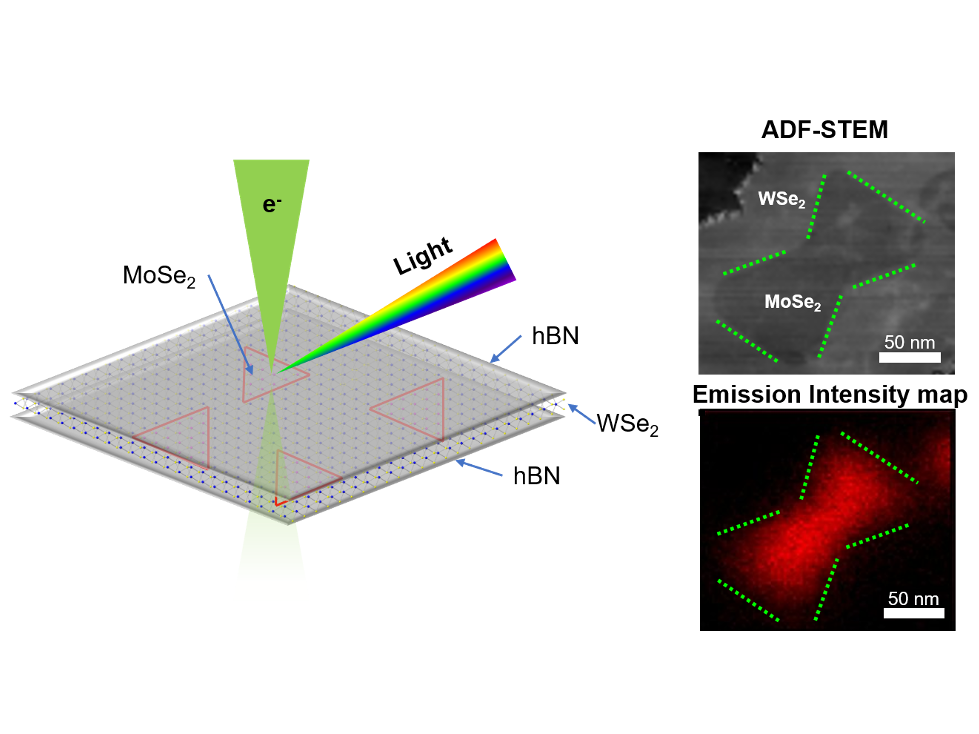
Quantum computing tagged posts


Used with permission from Microsoft
Majorana 1, the eight-qubit topological quantum processor unveiled at Microsoft Station Q’s 2025 conference
In a leap forward for quantum computing, a Microsoft team led by UC Santa Barbara physicists on Wednesday unveiled an eight-qubit topological quantum processor, the first of its kind. The chip, built as a proof-of-concept for the scientists’ design, opens the door to the development of the long-awaited topological quantum computer.
“We’ve got a bunch of stuff that we’ve been keeping under wraps that we’re dropping all at once now,” said Microsoft Station Q Director Chetan Nayak, a professor of physics at UCSB and a Technical Fellow for Quantum Hardware at Microsoft...
Read More
The speed of light is often regarded as the ultimate cosmic speed limit, but researchers have now managed to slow it down dramatically—to just 61 kilometers per hour. This was achieved by using a Bose-Einstein condensate (BEC), a peculiar quantum state of matter that allows light to be slowed or even stopped entirely. This discovery, which builds on decades of research, has implications for quantum physics, computing, and information storage.
The Quantum Jelly Effect
In everyday conditions, light moves at 299,792,458 meters per second in a vacuum, and its speed decreases slightly when passing through materials like glass or ...

Physicists have performed a groundbreaking simulation they say sheds new light on an elusive phenomenon that could determine the ultimate fate of the Universe.
Pioneering research in quantum field theory around 50 years ago proposed that the universe may be trapped in a false vacuum — meaning it appears stable but in fact could be on the verge of transitioning to an even more stable, true vacuum state. While this process could trigger a catastrophic change in the Universe’s structure, experts agree that predicting the timeline is challenging, but it is likely to occur over an astronomically long period, potentially spanning millions of years.
In an international collaboration between three research institutions, the team report gaining valuable insights into false vacuum decay —...
Read More






Recent Comments